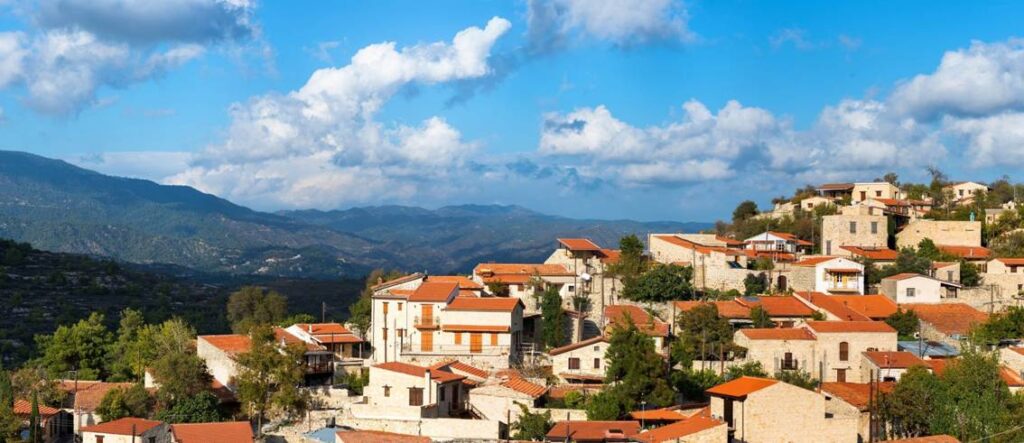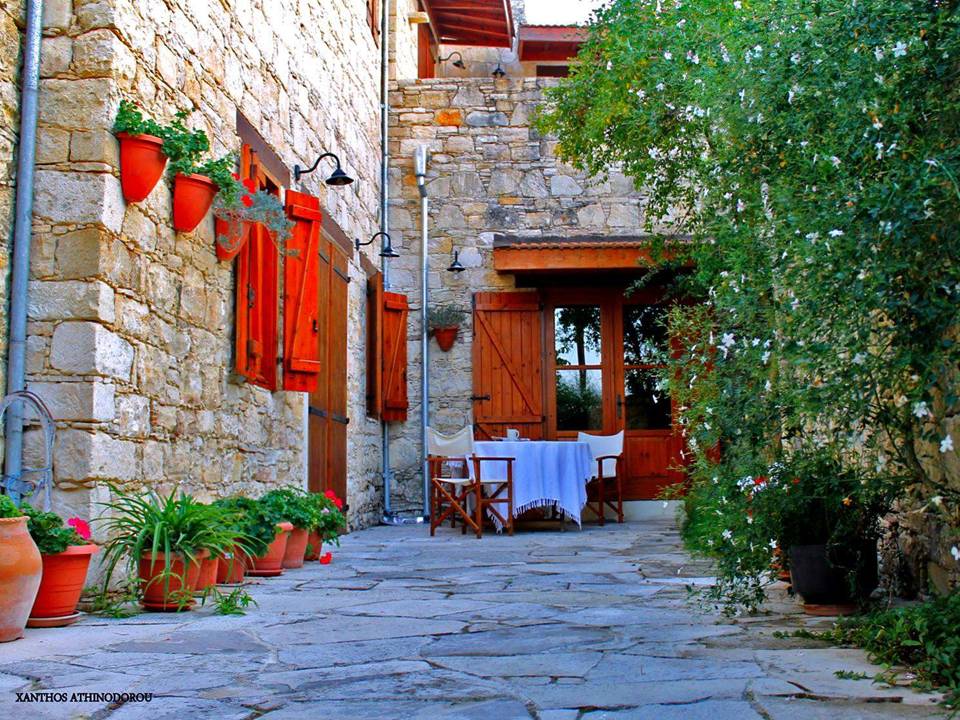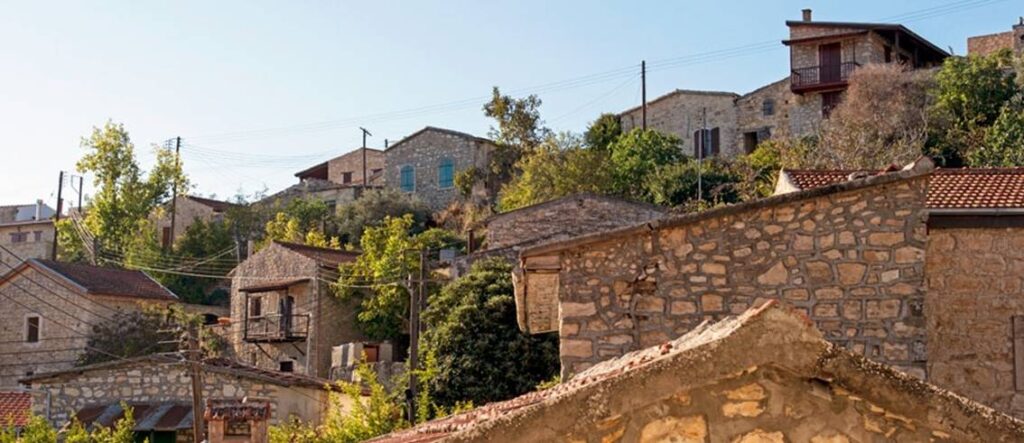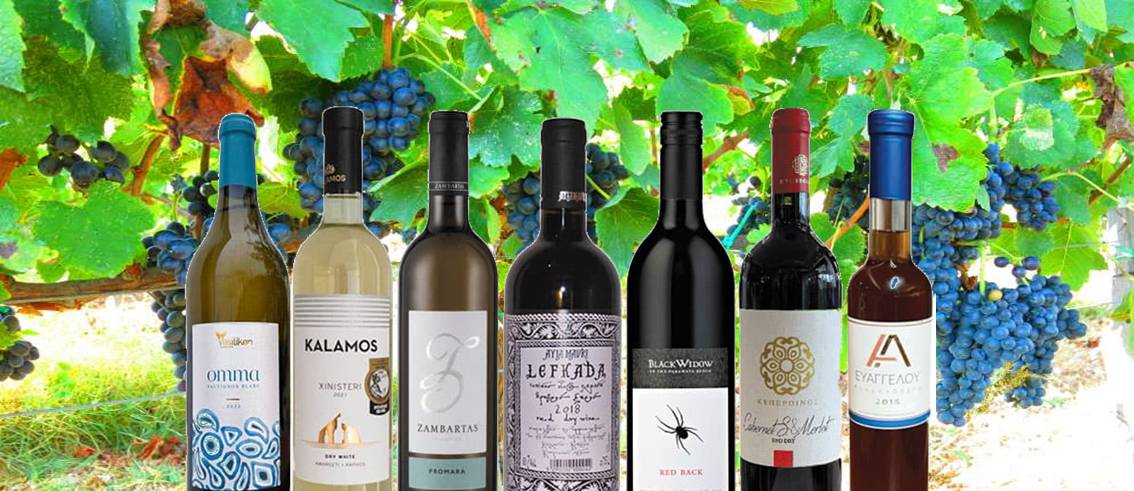Lofou Wine Village
Lofou wine village is a picturesque village in the Limassol district of Cyprus, nestled in the Troodos Mountains. Known for its rich history and wine production, Lofou wine village offers a unique glimpse into Cyprus’s viticultural heritage. With stone-built houses, narrow winding streets, and terraced vineyards, the village is a charming blend of tradition and natural beauty.
Early History and Foundation
Lofou’s origins trace back to the medieval period, likely around the 12th century. During the Byzantine era, people from coastal areas moved inland to escape pirate raids. They settled in the mountains, founding villages like Lofou. The name “Lofou” comes from the Greek word “lofos,” meaning “hill,” reflecting the village’s hilly terrain.
Over time, Lofou wine village grew into a small, vibrant community. Agriculture, especially vine cultivation, became central to its economy and way of life.

Wine Production in Lofou
Wine production has been part of Lofou’s identity since its founding. The village’s climate and geography are ideal for viticulture. Mild winters, hot summers, and fertile limestone-rich soil help vines thrive. For centuries, villagers have grown indigenous grape varieties like Mavro and Xynisteri, which are key to Cypriot wine culture.
During the medieval period, Lofou wine village became a significant wine producer under the Lusignan and Venetian rulers. Cyprus was a trade hub, and its wines, especially the sweet Commandaria, gained fame across Europe. Lofou’s vineyards contributed to this legacy, making wine a vital part of the village economy.
The 20th Century Decline and Revival
The 20th century brought challenges to Lofou wine village. Many residents moved to urban areas for better opportunities. This migration led to the decline of traditional agriculture, including viticulture. By the mid-20th century, Lofou’s vineyards were neglected, and the village faced economic struggles.
In recent decades, efforts have revived Lofou’s wine heritage. Agro-tourism has played a key role. Visitors are drawn to the village’s authentic charm, historical architecture, and traditional winemaking. Local initiatives, often supported by EU funds, have restored old vineyards and promoted

sustainable viticulture. Today, small wineries in and around Lofou produce high-quality wines that honour the village’s history.
Cultural and Architectural Heritage
Lofou wine village is not just about wine. It’s also celebrated for its cultural and architectural heritage. The village’s traditional stone houses showcase local craftsmanship and natural materials. Many have been carefully restored, preserving their historical charm. Cobblestone streets and narrow alleyways reflect the village’s medieval layout.

The Church of Panagia Chrysolofitissa, built in the late 19th century, is a focal point. Its beautiful icons and frescoes symbolize the community’s deep religious faith. Other landmarks, like old olive presses, wine presses, and a restored traditional fountain, highlight Lofou’s agricultural past.
Conclusion
Lofou Wine Village is a place where history, culture, and viticulture come together. Its journey from a medieval settlement to a revived community reflects Cyprus’s broader history. Today, Lofou stands as a symbol of the island’s winemaking tradition and the resilience of its people. Visitors to Lofou don’t just taste wine—they experience a living history nurtured over centuries.


